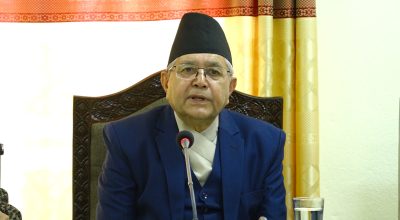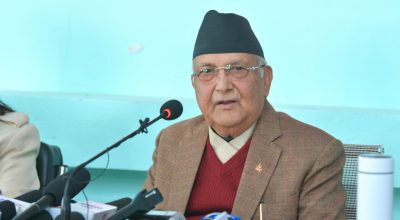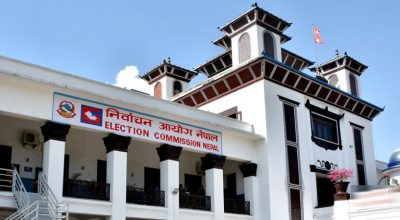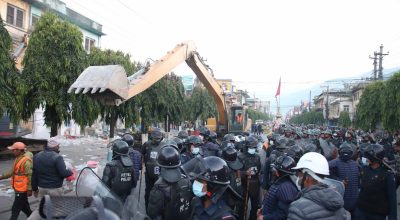
(Ramesh Lamsal/RSS)
KATHMANDU: With the power generated from Upper Tamakoshi Hydro Power Project getting connected to the national grid, around 400 MW of (surplus) electricity has remained unconsumed in the night.
The reserve electricity in day is 200 MW. There was a time when the country was struggling for a single unit of power. The power distributing companies are facing more power surplus during the monsoon.
Nepal Electricity Authority (NEA) executive director Kulman Ghising said with the Upper Tamakoshi being connected to the national grid, the country has become self-sufficient on electricity.
A large volume of power going unused is indeed not good. The NEA is incurring the daily loss equivalent to Rs 40 million due to surplus power, according to Ghising.
India could be the best market for surplus power, but no green light was achieved from India. As he said, during his recent visit to India, Ghising urged Indian officials for facilitating to find an accessible market for the surplus power from Nepal.
The NEA delegation discussed with the Indian side about exporting surplus power from here to India and importing power from India during the lean period.
NEA has proposed mutual seasonal electricity exchange with Bihar State Power Holding Company Limited to utilise surplus power generated during monsoon from various hydropower projects including the 456-megawatt Upper Tamakoshi hydropower, said Ghising.
“A proposal has been made for Nepal to supply the surplus electricity to Bihar during monsoon and to bring it from Bihar during winter. In case of unequal amounts of electricity exchanged between Nepal and Bihar, its price will be fixed through an appropriate method,” he said.
There has been an electricity exchange between Nepal and India since 1971.
So far, the NEA has reached the power purchase agreement with 346 hydropower projects to purchase 6,176 megawatts electricity. Of them, 111 projects with 1,300 megawatts have been into operation.
Likewise, 136 with 3,034 megawatts are under construction. And other 99 with 1,841 megawatts are under financial closing process, said the NEA.
















